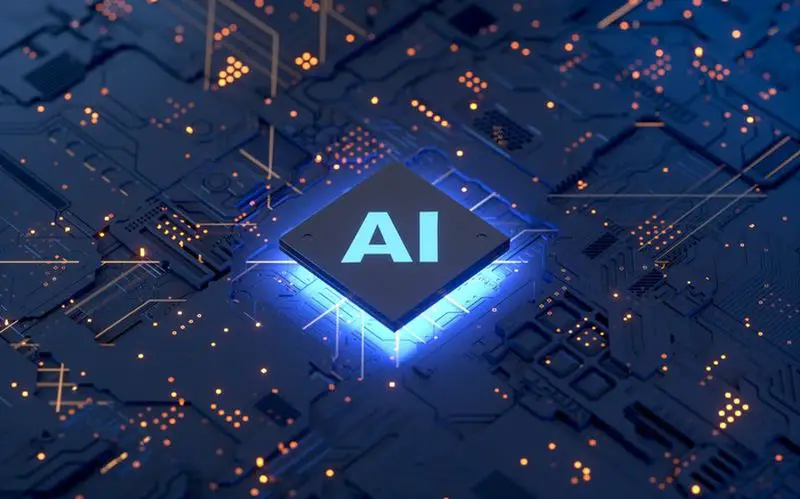Artificial intelligence and machine learning are the levers on which innovation will be based in a sector as competitive as semiconductor manufacturing.
The volume of devices incorporating semiconductors is multiplying in recent years. In addition to the devices that traditionally house this type of component, semiconductors are becoming indispensable elements in the Internet of Things devices, vehicles, etc. Not surprisingly, many automakers have had to cut production this year in the absence of microchips.
This situation is straining the sector, which is at the limit of its production, so solutions must be sought. And the answer lies in the application of artificial intelligence (AI) and machine learning (ML).
Semiconductor manufacturers are working tirelessly to shorten development cycles to bring new products to market faster and remain competitive. However, innovating is resource-intensive, as costs increase dramatically as structures are downsized.

According to McKinsey experts, R&D costs for the development of a chip increased from $28 million for the 65-nanometer node to approximately $540 million for the 5-nm node. Also, build costs for the same nodes increased from $400 million to $5.4 billion.
Thus, the semiconductor industry needs to increase its productivity in research, chip design, and manufacturing, which is why it is already throwing its weight behind AI and ML. According to a study by the consultancy, the contribution of these technologies to the profits of semiconductor manufacturers is between €5 billion and €8 billion a year.
Although this is a considerable figure, McKinsey believes that it represents only 10% of the total potential that AI and ML could have in this industry. It estimates that these technologies could generate between $35 billion and $40 billion annually in just two or three fiscal years. And looking at the long term, that figure could rise to $85 billion to $95 billion per year.
Put in perspective, these numbers are roughly 20% of the industry’s current revenue – which currently stands at around $500 billion per year – and about the same as its 2019 capital expenditures – $110 billion.
The consultancy specifies that AI and ML have applications across the entire semiconductor industry value chain, although the greatest impact will be located in manufacturing. For example, these technologies will improve chip etch accuracy and optimize timing, improving yields and avoiding potential failures. They will also help in the visual inspection of wafers, guaranteeing the quality of the final product by detecting defects in the production process.
The use of AI and ML in R&D processes will also be highlighted, as a result of the automation of chip design and verification. Based on the identification of failure patterns, algorithms will be able to compare the structures of new components with existing designs, helping to locate the problem and optimize the design.
These technologies will also help to improve processes beyond manufacturing. For example, they will be used to more accurately adjust their forecasts on the evolution of market demand or to optimize their inventory and operations planning, purchasing, and manufacturing.




